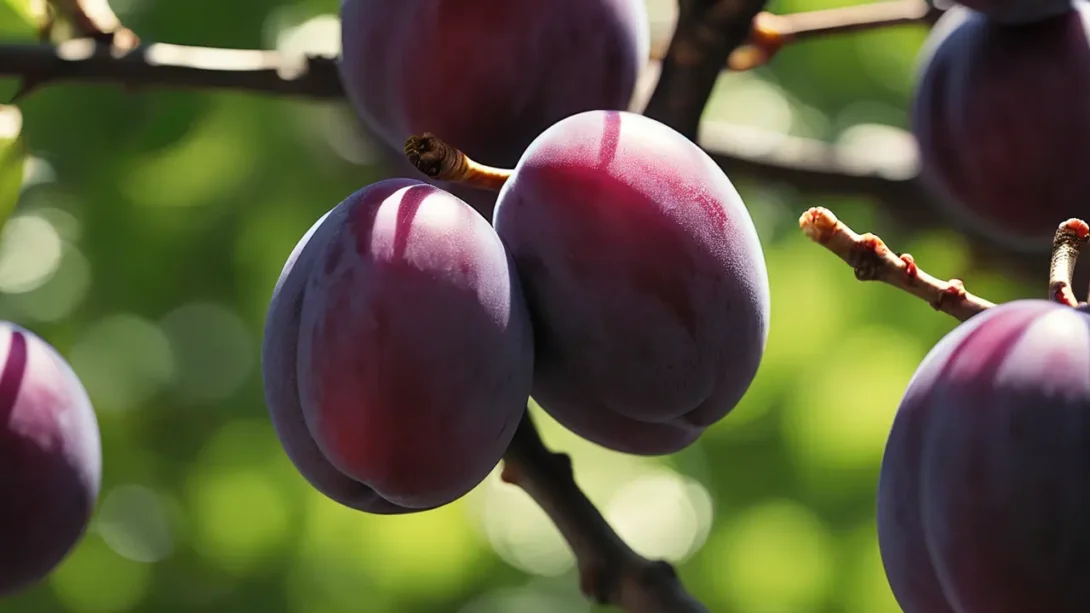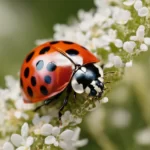Plums, with their juicy sweetness and vibrant colors, are a favorite among fruit lovers and gardeners alike. Understanding the seasonality of plums is key to enjoying them at their peak flavor or planning your gardening calendar if you’re looking to grow them. This article explores the seasonal availability of plums, factors affecting their harvest time, and early season varieties to look out for.
Plum Seasonality
Plums are a diverse group of fruit trees in the genus Prunus, which includes a variety of species and hybrids yielding fruits in shades of yellow, red, purple, and everything in between. The seasonality of plums can vary widely depending on the geographic location and the specific variety.
In the Northern Hemisphere, plum season typically ranges from early summer through early fall. The earliest varieties can start ripening as soon as late May in warmer regions, while the late-season types might not be ready until September. This broad range allows for a prolonged season of fresh plums, given the right mix of varieties.
The climate plays a significant role in determining when plum trees bloom and fruit. Mild, frost-free springs are crucial for a successful bloom, which is essential for fruit set. Conversely, regions with late frosts may experience delayed blooming and fruiting times. Additionally, the amount of sunlight during the growing season can affect the sweetness and quality of the fruit, with more sun generally leading to better outcomes.
Early Season Plum Varieties
For those eager to enjoy plums as soon as possible, there are several early-season varieties that tend to ripen first. These include:
- ‘Beauty’ Plum: This variety is known for its attractive fruit with a bright red skin and juicy, yellow flesh. It typically ripens in late May to early June, making it one of the first plums to appear on the market.
- ‘Early Golden’ Plum: As the name suggests, this variety produces golden-yellow fruits that are ready to harvest in early June. The plums are sweet and ideal for fresh eating.
- ‘Santa Rosa’ Plum: A favorite among many, ‘Santa Rosa’ plums have a vibrant purple skin with a reddish hue and flavorful, amber flesh. They usually ripen by mid-June, offering a delicious balance of sweet and tart.
These early varieties provide a sneak peek into the plum season, offering fresh flavors right at the start of summer. Whether you’re planning to grow them in your garden or simply enjoy them fresh, knowing when these plums come into season can enhance your fruit experience.
Mid-Season Plum Varieties
As summer progresses, a new wave of plum varieties comes into season, broadening the selection available to consumers and gardeners. Mid-season plums, ripening from late June through August, often provide a balance between sweet and tart flavors, with a wide range of colors and textures to choose from. Some notable mid-season varieties include:
- ‘Shiro’ Plum: Recognized for its round, yellow fruit, the ‘Shiro’ plum is a mid-season variety that typically ripens in July. It offers a sweet, mild flavor and is excellent for both fresh eating and canning.
- ‘Burbank’ Plum: This variety is named after Luther Burbank, an American botanist and horticulturist. The ‘Burbank’ plum has red-blushed, yellow skin with a sweet, juicy flavor. It usually becomes available in late July to early August.
- ‘Satsuma’ Plum: A favorite for its deep, red flesh and skin, the ‘Satsuma’ plum is a Japanese variety that ripens in mid to late July. It’s known for its sweet flavor and firm texture, making it a great choice for baking and preserves.
These mid-season varieties represent the heart of plum season, with each offering unique flavors and uses. Gardeners looking to extend their harvest season should consider including a mix of these varieties in their orchards.
Factors Affecting Plum Harvest Times
Several factors can influence the exact timing of the plum harvest, even within the same variety. Understanding these can help anticipate when plums will be ready to pick or arrive in markets.
- Geographic Location: The local climate significantly impacts when plum varieties reach maturity. Warmer regions might see earlier harvests compared to cooler areas.
- Weather Conditions: The current year’s weather, including spring temperatures, rainfall, and summer heat, can advance or delay the ripening process. Late frosts or unusually cool summers can particularly affect timing.
- Tree Age and Health: Mature, well-established plum trees tend to produce fruit earlier and more reliably than younger trees. Similarly, trees in good health with proper care and nutrition will have a more predictable harvest.
By considering these factors, gardeners can better manage their expectations and plans for the plum season. Those looking forward to enjoying plums at their peak should also pay attention to these elements, as they can affect the availability and quality of fruit in markets.
Late-Season Plum Varieties
As the plum season extends into the early fall, late-season varieties come into their prime. These plums not only offer a final flourish of summer flavor but can also have some of the richest tastes and textures. Late-season varieties are perfect for those who wish to extend their enjoyment of fresh plums as long as possible or are looking for fruits that are ideal for canning and preserving. Here are a few late-season plums to look out for:
- ‘Italian Prune’ Plum: This variety, also known as the ‘Italian Plum’ or ‘Prune Plum’, has a long, oval shape with purple skin and a sweet, dense flesh that is excellent for drying, cooking, and baking. They typically ripen in late August to September.
- ‘Mariposa’ Plum: The ‘Mariposa’ is a large, red-skinned plum with vibrant red flesh. It has a sweet, fruity flavor and is usually ready to harvest in late August or early September.
- ‘President’ Plum: Known for its large size and dark blue skin, the ‘President’ plum has a firm, yellow flesh with a sweet and slightly tart flavor. It is one of the last plums to ripen, often not ready until September.
These late-season plums provide a delightful end to the plum harvest, with varieties suitable for a range of culinary uses, from fresh eating to creating jams, jellies, and desserts.
Maximizing Your Plum Experience
To fully enjoy plums, whether you’re growing them or buying them from a market, it’s important to select varieties that suit your climate and taste preferences. Gardeners should consider planting a mix of early, mid, and late-season varieties to enjoy a continuous supply of fresh plums throughout the season. When purchasing plums, look for fruits that are firm but give slightly to pressure, indicating ripeness. Avoid those with any bruises or blemishes.
Conclusion
The plum season offers a rich tapestry of flavors, colors, and textures, spanning from early summer to the cusp of fall. By understanding the seasonality of different plum varieties and the factors that influence their harvest, you can better plan your gardening activities or simply enjoy these delicious fruits at their peak. Whether you’re a fan of the early sweetness of ‘Beauty’ plums, the mid-season richness of ‘Satsuma’, or the late bounty of ‘Italian Prune’, there’s a plum variety out there for every palate.




